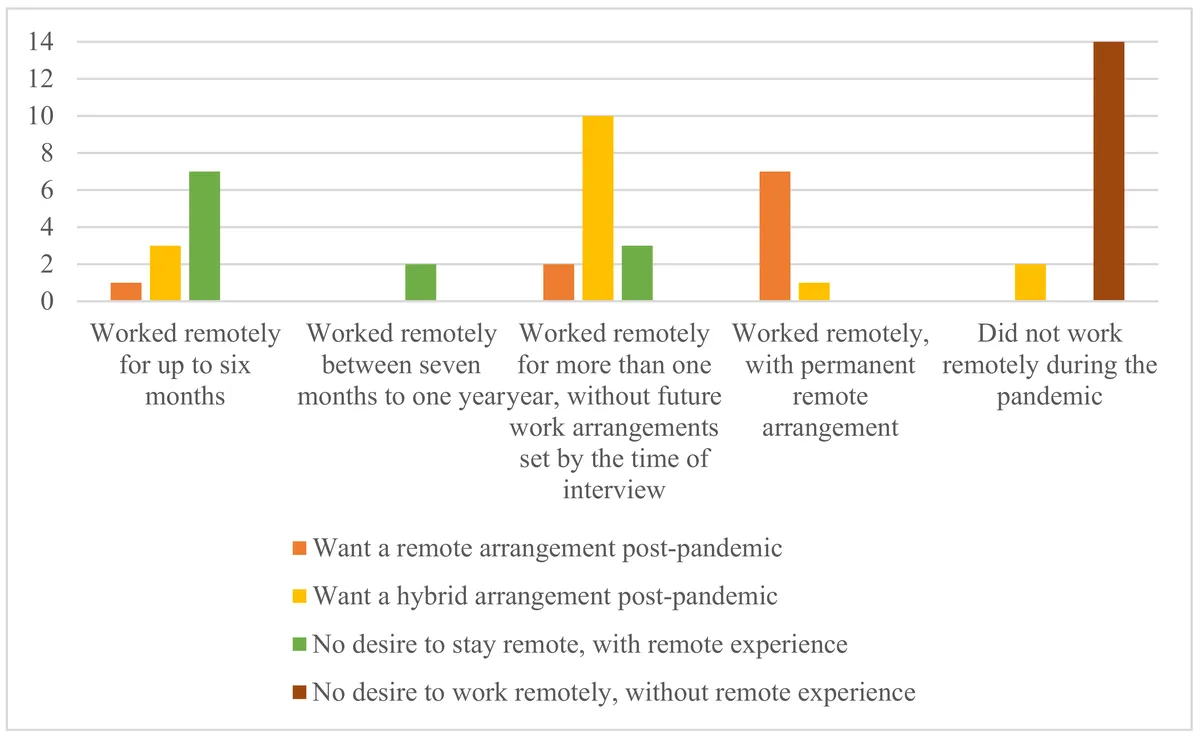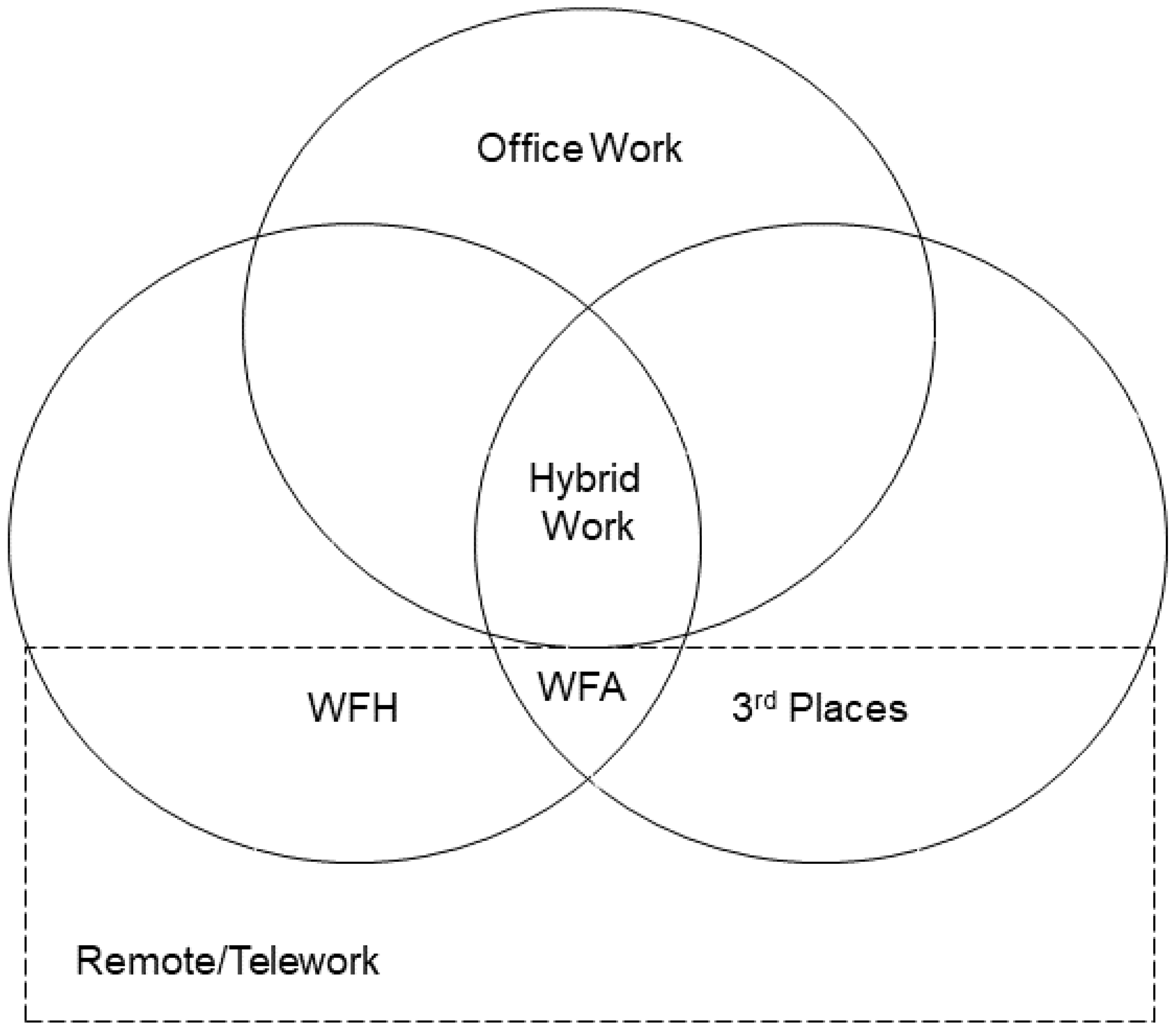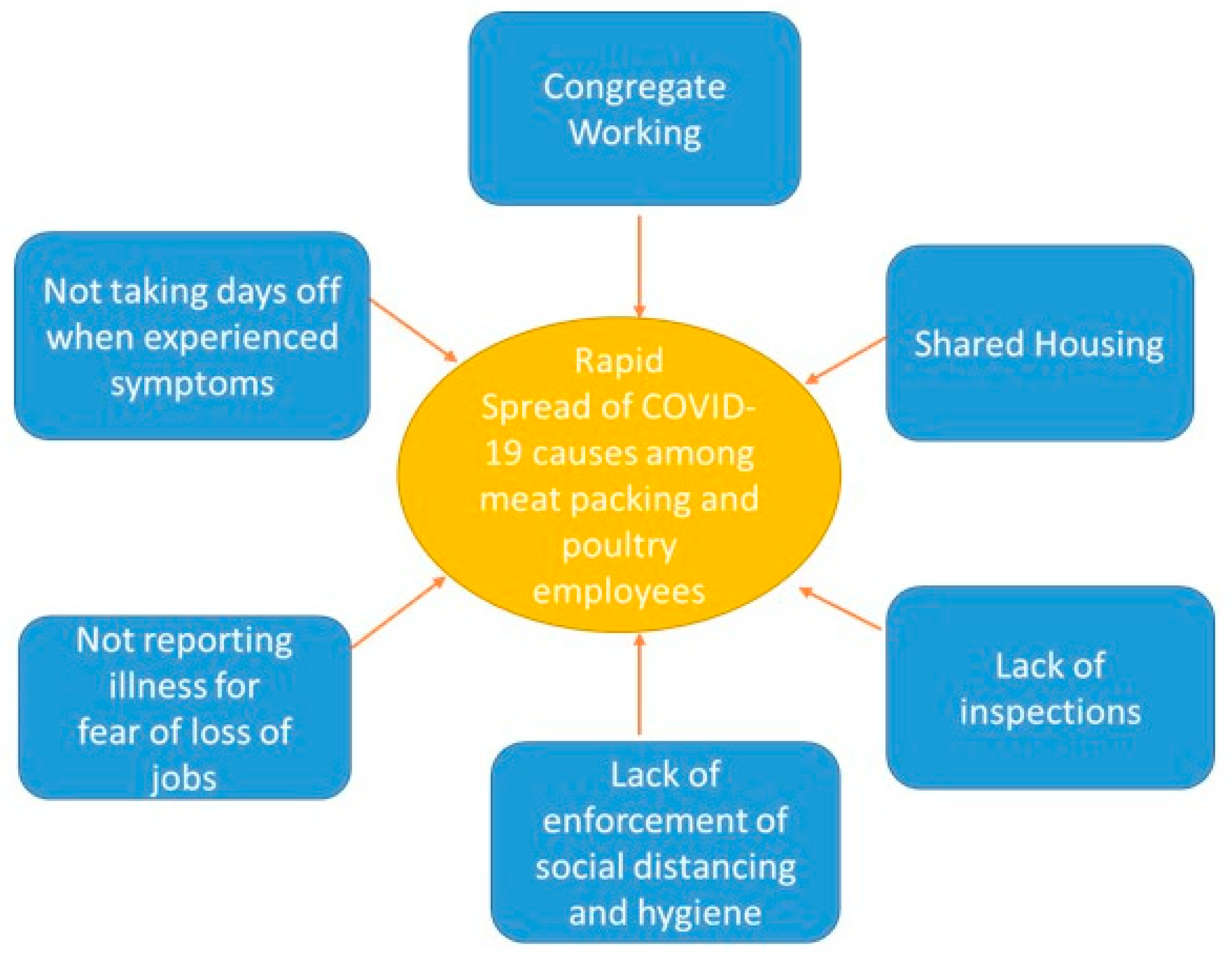Exploring the Future Dynamics of Workplace Flexibility After the Pandemic
Work-life balance coach helping remote professionals thrive.

Work-life balance coach helping remote professionals thrive.

Workplace flexibility has evolved significantly. The COVID-19 pandemic accelerated the adoption of remote work, transforming it from a novel concept to a widespread practice.
Historically, workplace flexibility was limited. Traditional 9-to-5 office jobs were the norm. The rise of the internet and digital tools gradually introduced options like telecommuting and flexible hours, primarily in the tech industry.
The pandemic forced a rapid shift to remote work. Employees experienced the benefits of greater autonomy and work-life balance. Now, many workers prioritize flexibility, with some even willing to change jobs to secure it, as mentioned in a study by IWG Global Workplace Survey.
As we approach 2025, several key trends are shaping the future of remote work.
Hybrid work models, combining remote and in-office work, are gaining popularity. Companies are recognizing the benefits of both collaboration and flexibility. Trip.com's experiment, as reported by Stanford, highlights how a hybrid approach can boost retention rates by 33% and maintain productivity.

Employee well-being is becoming a central focus. Flexible working arrangements can significantly boost mental health. Organizations are investing in mental health solutions, stress management, and resilience tools.
Technological advancements continue to support remote work. Enhanced communication tools, project management software, and virtual collaboration platforms are making remote work more efficient and engaging. Companies are also exploring virtual and augmented reality for training and team-building.
Employees increasingly prefer hybrid or fully remote options. A Gartner survey reveals that 82% of executives plan to allow remote work at least part-time. This shift is influencing real estate decisions, with 70% of companies expecting to reduce their office footprint, according to CoreNet Global.
Hybrid work models are proving to be beneficial for both employees and employers.
Trip.com's study, detailed in the journal Nature, found that hybrid work had no negative impact on productivity or career advancement. Employees were just as productive and likely to be promoted as their in-office counterparts.
Research by Nicholas Bloom and his team at Stanford indicates that hybrid work can be a "win-win-win" for productivity, performance, and retention. The study showed that software engineers at Trip.com maintained their coding output while working from home.
Balancing in-person and remote work is crucial. In-person interactions foster collaboration and innovation. Remote work provides focus time and reduces distractions.
Implementing flexible work policies comes with its challenges.
One major obstacle is ensuring secure access to company networks. Maintaining company culture and team cohesion can also be difficult. Some managers may struggle to adapt to managing remote teams.
Resistance to change can be addressed through clear communication and training. Highlighting the benefits of flexibility, such as improved work-life balance and reduced commute times, can help gain buy-in. Companies can follow 5 strategies that startups are using to navigate hybrid work in 2025.
Fairness and inclusivity are essential. Companies must ensure that all employees have equal access to flexible work options. Policies should be transparent and consistently applied, regardless of job role or seniority.
Creating a flexible workplace culture requires a strategic approach.
Clear communication is vital in a flexible work environment. Utilizing tools like Slack, Microsoft Teams, and Zoom helps keep teams connected. Regular updates and transparent communication about company policies are crucial.

Trust is the foundation of a flexible work culture. Employers should empower employees to manage their schedules. This autonomy can lead to increased job satisfaction and productivity.
Providing training for both managers and employees is essential. Managers need to learn how to effectively lead remote teams. Employees need resources to adapt to new work arrangements and technologies.
Regular feedback mechanisms, such as pulse surveys and focus groups, help companies adapt. Continuous improvement based on employee input ensures that flexible work policies remain effective and relevant. Employee preferences are shifting towards remote and hybrid work models.
The future of workplace flexibility is bright and dynamic.
Leadership plays a critical role in shaping flexible work cultures. Leaders must champion flexibility. They need to set clear expectations, and foster a culture of trust and accountability.
Organizations need to remain adaptable and forward-thinking. Embracing technological advancements, prioritizing employee well-being, and continuously refining flexible work policies will be key to success. Companies that do so will attract and retain top talent. They will also thrive in the evolving work landscape.
Key Takeaways:
— in Remote Teams
— in Remote Work
— in Future of Work
— in Productivity
— in Future of Work